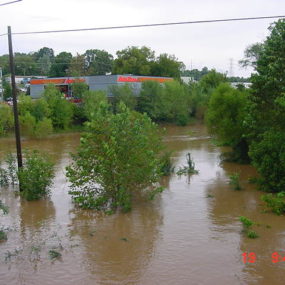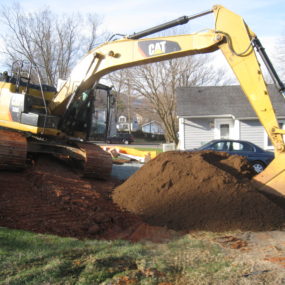Majoring in Minors: Reflecting on Monster Storms & Stormwater Management
Here we are. . .majoring in minors. . .again.
Watching videos of cars, huge chunks of asphalt, street signs, and all manner of debris cascading down Main Street in Ellicott City, MD. . .six to 8.5 inches of rain fell in just a few hours, and just two years after similar havoc along that very same Main Street. A week or two later, a similar “cell” hit Ivy, VA, just to the west of where I live in Charlottesville. In both cases, lives were lost, property destroyed, infrastructure disassembled, and economies disrupted.
Each of you can tell similar tales or at least knows someone who can.
These types of storms are not the familiar monsters – hurricanes with boys or girls names that announce their arrival days in advance. The ones I am referring to are the nameless spawn. They ride into town on swift steeds, stall out as if targeting a particular neighborhood with malicious intent, unleash their violence, and then depart a few hours later. These monsters are not new; there just seem to be more of them around these days.



